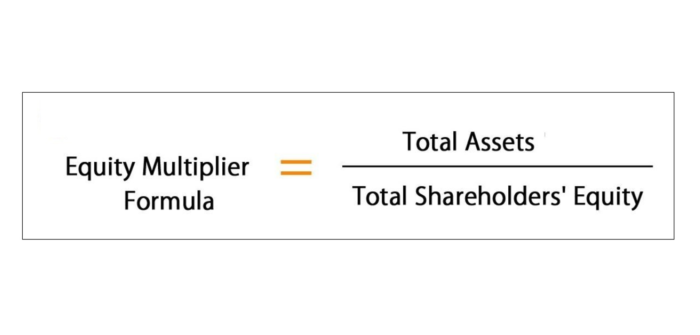
It provides one way to show the profit potential of a particular product offered by a company and shows the portion of sales that helps to cover the company’s fixed costs. Any remaining revenue left after covering fixed costs is the profit generated. The contribution margin ratio of a business is the total revenue of the business minus the variable costs, divided by the revenue.
- Contribution margin sounds similar to profit margin, so confusing the two is easy.
- And you can also compute the variable expense ratio, which is the percentage of variable expenses divided by sales.
- If this ratio remains less than one, you will not achieve profitability regardless of your volume or the efficiency of the rest of your business.
- Each profit measure can be expressed as total dollars or as a ratio that is a percentage of the total amount of revenue.
- Thus, it will help you to evaluate your past performance and forecast your future profitability.
Very low or negative contribution margin values indicate economically nonviable products whose manufacturing and sales eat up a large portion of the revenues. Alternatively, the company can also try finding ways to improve revenues. However, this strategy could ultimately backfire, and hurt profits if customers are unwilling to pay the higher price.
Importance of Contribution Margin Ratio:
The contribution margin is different from the gross profit margin, the difference between sales revenue and the cost of goods sold. While contribution margins only count the variable costs, the gross profit margin includes all of the costs that a company incurs in order to make sales. One of the important pieces of this break-even analysis is the contribution margin, also called dollar contribution per unit. Analysts calculate the contribution margin by first finding the variable cost per unit sold and subtracting it from the selling price per unit.
- One common misconception pertains to the difference between the CM and the gross margin (GM).
- In particular, it can be used to estimate the decline in profits if sales drop, and so is a standard tool in the formulation of budgets.
- In other words, fixed costs are not dependent on your business’s productivity.
- Let’s say we have a company that produces 100,000 units of a product, sells them at $12 per unit, and has a variable costs of $8 per unit.
When you increase your revenue, you effectively reduce the percentage of revenue that goes toward paying variable costs. In the CM ratio formula, the variable costs are those directly related to the production volume, such as parts and labor. This calculation doesn’t include fixed costs but can tell you how much revenue remains for fixed costs. Using the contribution margin formula shows what percentage of revenue is left over after factoring in variable, fluctuating costs. Dobson Books Company sells textbook sets to primary and high schools.
Step 3 of 3
Companies may have significant fixed costs that need to be factored in. Over 1.8 million professionals use CFI to learn accounting, financial analysis, modeling and more. Start with a free account to explore 20+ always-free courses and hundreds of finance templates and cheat sheets. This ratio measures your profitability based on your earnings before interest and tax (EBIT). This measure is used to gauge the efficiency of the business before taking any financing means into account (such as debt financing and tax considerations).

Such an analysis would help you to undertake better decisions regarding where and how to sell your products. Conceptually, the contribution margin ratio reveals essential information about a manager’s ability to control costs. Knowing how to calculate the contribution margin is an invaluable skill for managers, as using it allows for the easy computation of break-evens and target income sales. This, in turn, can help people make better decisions regarding product & service pricing, product lines, and sales commissions or bonuses. Knowing how to calculate contribution margin allows us to move on to calculating the contribution margin ratio.
Reducing variable costs
In other words, 20% of this company’s profits are used for variable costs per unit. However, this implies that a company has zero variable costs, which is not realistic for most industries. As such, cm ratio formula companies should aim to have the highest contribution margin ratio possible, as this gives them a higher likelihood of covering its fixed costs with the money remaining to reach profitability.

